If you’re ever in Singapore and want to experience the remnants of old world charm, check out these places:

Jubilee Coffee in Changi (1960s theme).
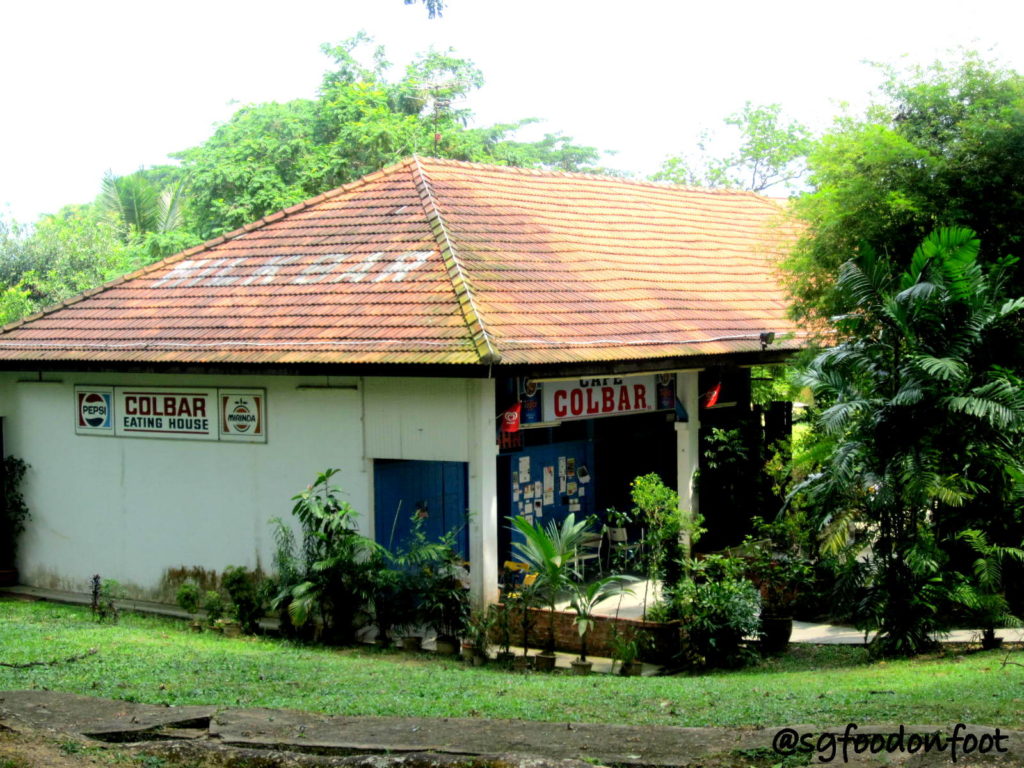
Cafe Coldbar at Wessex Estate, 9A Whitchurch Road (British army days). Photo by @sgfoodonfoot
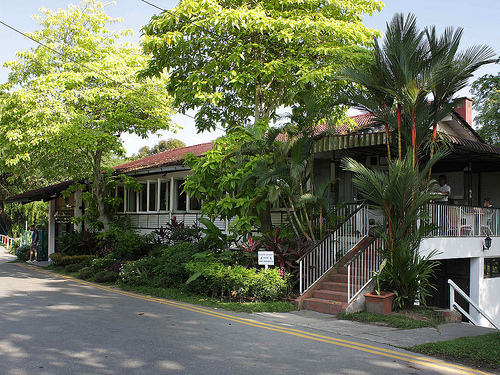
Saddle Club (members-only, but the cafe is open to the public).
Some parts of Singapore are still green; the rest of the island I’m sorry to say is mostly cement and glass. Yes, I’m sorry.
I was born here in 1965. It was more exotic before I came. American journalist Nellie Bly must’ve have found it more exciting when she arrived in the 1800s.
Let me just give you an idea of how it was: when I was a kid, whenever I followed my mother to the bank along Scotts Road/Orchard Road, there was a snake charmer sitting outside the building. Imagine that.
Well, I just thought I give a residual taste of the past, or at least what’s left of them.
Nowadays, people are rushing to who knows where. If you ask me, l find it boring.
[I don’t own the photos; they may be subject to copyright]
Some famous wartime cats who performed above and beyond their duty.

Simon
Simon’s efforts for Britain’s Royal Navy didn’t go unnoticed during World War II. He first survived a brutal attack that killed his caretaker, and proceeded to annihilate rats and raise the morale of his crew. He became a national hero, which earned him the prestigious Dickin Medal. He is the only cat ever to receive the award.
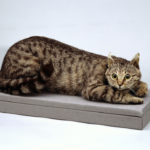
Crimean Tom
In 1854, when British and French troops occupied the Russian port town of Sevastopol, Tom led the famished troops to caches of food beneath a rubble hidden along the waterfront by the Russians. Tom was adopted as a mascot by the grateful soldiers. He was later taken back to England when the troops were called back.
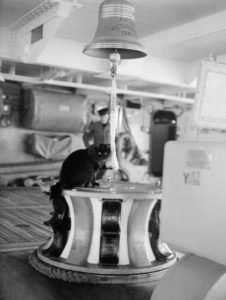
Tiddles
Born and raised a ship cat, Tiddles served a few Royal Navy aircraft carriers, including the HMS Victorious in the early 1940s as the official Captain’s Cat. He traveled over 30,000 miles during his naval service.

Faith
She made her home at Saint Augustine’s Church in London in 1936. On September 6, 1940, the mother of one apparently instinctively moved her recently born kitten from the warm upper floors to the basement. The church was bombed by the Germans a day later. Faith and her kitten, Panda, were rescued from beneath the rubble by Father Henry Ross. The cat was later awarded a special medal for “steadfast courage in the Battle of London.”
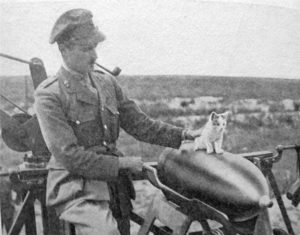
Pitouchi
The kitten was born in the Belgian trenches during World War I. After his mother was killed, Lieutenant Lekeux of the 3rd Regiment Artillery, decided to adopt Pitouchi, the only survivor of the litter. The Germans were up to something, throwing dirt near a thicket. Lekeux decided to investigate. With Pitoutchi on his shoulder, he left the trenches. He hid in a nearby shell hole to sketch their activity. He didn’t notice the enemy soldiers approaching. When he finally did, it was too late for him to run.
Lekeux hoped the Germans would not see him. When they came closer, he heard one of them say, “He’s in the hole.” Pitouchi jumped out of the shell hole. Startled, the Nazi soldiers fired twice at the cat, but thankfully missed. The cat managed to jump back into the hole. The Nazi soldiers laughed it off thinking they had mistaken the cat for a man. Lekeux returned safely behind the Belgian lines with his unharmed cat.









